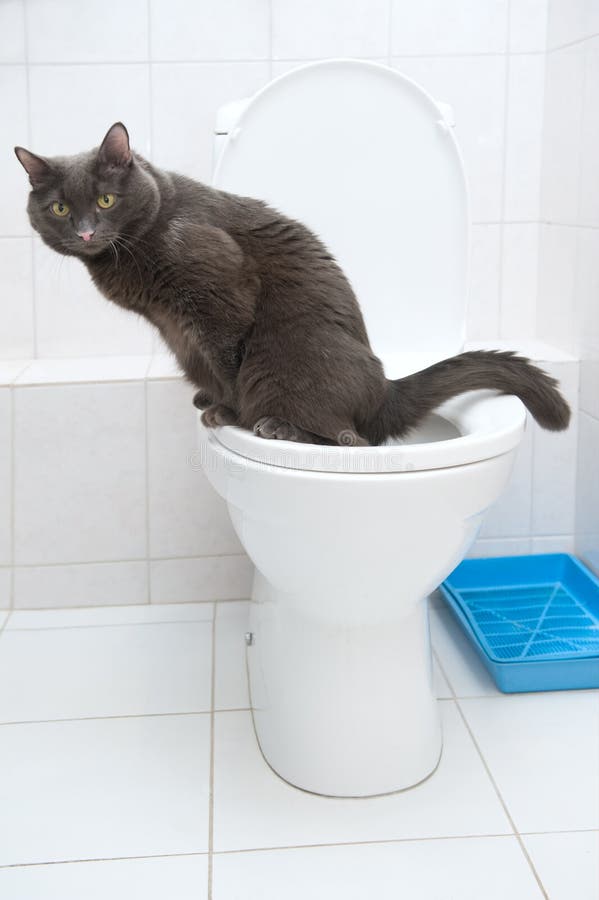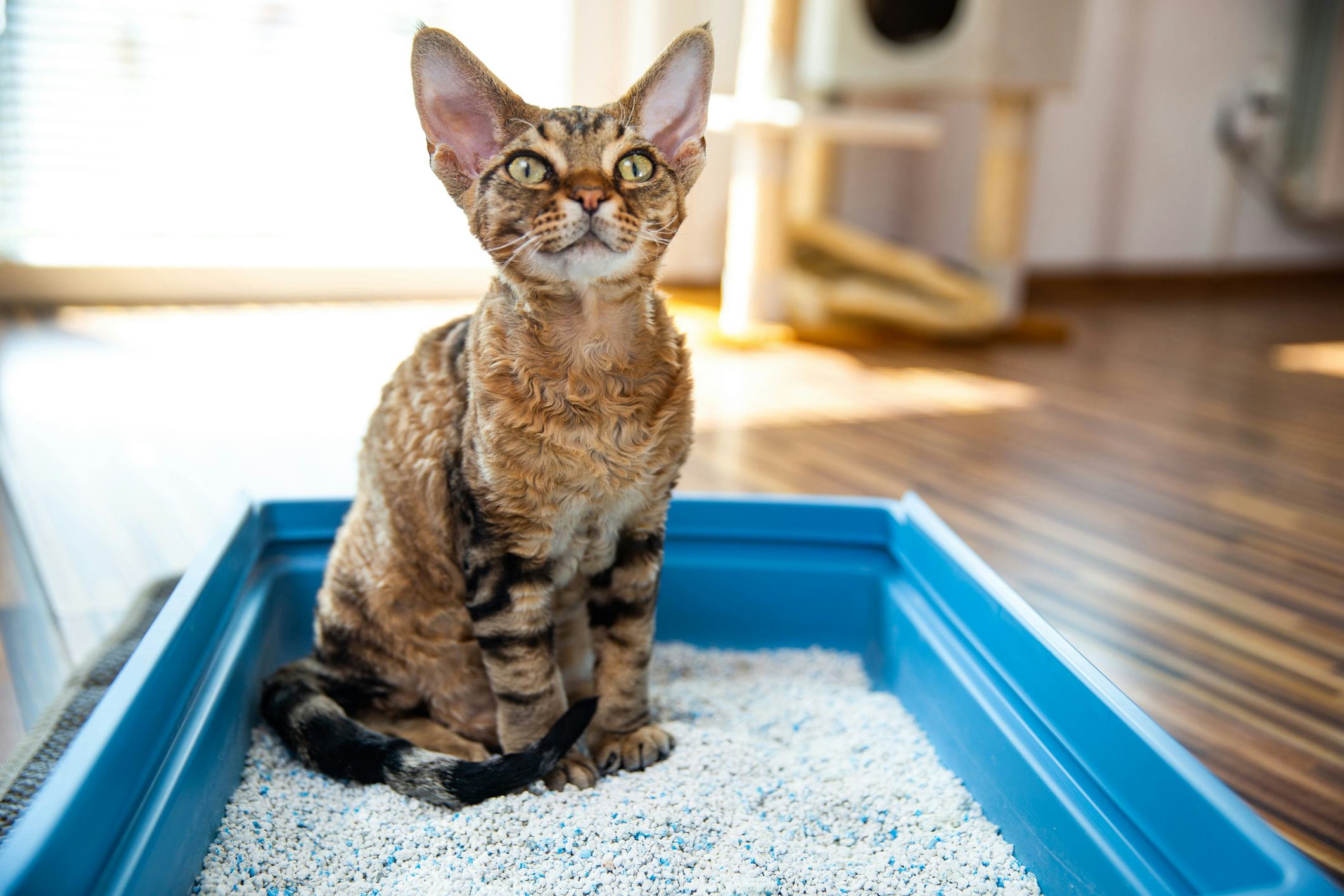Our Threats of Animal Waste in the Toilet
Our Threats of Animal Waste in the Toilet
Blog Article
Each person has their unique way of thinking involving Don't Flush Your Pets Poo Down The Loo, Vet Warns.

When it pertains to taking care of waste, specifically animal waste, many individuals usually consider the convenient option of flushing it down the commode. Nonetheless, this relatively simple service can have serious effects for the setting and public health. In this post, we'll explore why flushing pet waste down the commode is a poor idea and give alternate methods for correct disposal.
Introduction
Correct garbage disposal is essential for keeping environmental sustainability and public health. While it may appear safe to purge animal waste down the toilet, it can lead to different concerns, both for the setting and human health.
Threats of flushing pet waste
Ecological impact
Flushing pet waste introduces hazardous microorganisms and virus into rivers, which can adversely impact marine ecosystems. These microorganisms can infect water sources and damage aquatic life, disrupting delicate environments.
Public health problems
Pet waste contains unsafe bacteria such as E. coli and Salmonella, which can posture significant health threats to humans. Flushing animal waste down the toilet can contaminate water materials, causing the spread of conditions and infections.
Alternatives to flushing
Rather than flushing animal waste down the toilet, there are a number of alternate disposal techniques that are much more environmentally friendly and sanitary.
Composting
Composting animal waste is an eco-friendly means to throw away it. By composting, raw material is broken down into nutrient-rich dirt, which can be used to feed gardens and plants.
Land fill disposal
Disposing of pet waste in a garbage dump is another choice. While not as environmentally friendly as composting, it is a much safer choice to flushing, as it stops the contamination of water sources.
Animal garbage disposal systems
There are specialized animal garbage disposal systems available that securely and hygienically dispose of animal waste. These systems commonly make use of enzymes to break down waste and eliminate odors.
Steps to appropriate pet garbage disposal
To ensure proper disposal of animal waste, adhere to read more these actions:
Scooping and landing waste
Frequently scoop and bag animal waste utilizing biodegradable bags. This prevents waste from infecting the atmosphere.
Utilizing marked waste bins
Dispose of bagged pet waste in marked waste containers, such as garden compost containers or landfill containers. Prevent flushing it down the bathroom in any way expenses.
Cleaning can and pet dog locations consistently
On a regular basis tidy litter boxes and pet dog locations to prevent the build-up of waste and germs. Use pet-safe cleansing products to keep hygiene.
Advantages of appropriate disposal approaches
Embracing proper disposal approaches for animal waste supplies several advantages:
Lowered environmental pollution
Proper disposal approaches reduce the danger of environmental pollution, protecting waterways and communities from contamination
Decreased risk of water contamination.
By preventing flushing pet waste down the commode, the threat of water contamination is considerably minimized, guarding public health.
Improved sanitation and hygiene
Appropriate disposal techniques advertise far better hygiene and health, creating a safer environment for both humans and animals.
Conclusion
In conclusion, purging pet waste down the commode is unsafe to the setting and public health. By taking on different disposal approaches and complying with appropriate waste management practices, we can decrease the unfavorable effect of animal waste and add to a cleaner, healthier planet.
What To Do With Dog Poo – The Do's And Don'ts Of Disposing Of Faeces
Dog poo bins
Some councils provide dedicated dog waste bins in popular dog-walking areas that can take dog poo that has been bagged but you can legally dispose of dog waste in any public litter bin, as long as it is securely bagged. This also applies to your wheelie bin at home.
Do not flush
Water companies do not recommend flushing dog faeces down the toilet because certain parasites can survive the water processing treatment and are potentially harmful to humans. You should also never consider flushing dog poo that has been bagged down the toilet as the bags will not break down and instead create severe blockages in the sewage system.
In the woods
The Forestry Commission promotes a ‘stick and flick’ method for dealing with waste in the woods. This means finding a stick and using it to flick any poo from off the path so that it is out of the way of other walkers. You could also bury it as long as it is not in an area where there might be livestock.
Livestock
Parasites found in dog poo can be transmitted to livestock if they inadvertently eat infected faeces that has been left on grazing land. This could result in the death of sheep or abortion in cattle so you should always make sure you pick up your dog’s waste in fields where livestock could be present.

On a regular basis tidy litter boxes and pet dog locations to prevent the build-up of waste and germs. Use pet-safe cleansing products to keep hygiene.
Advantages of appropriate disposal approaches
Embracing proper disposal approaches for animal waste supplies several advantages:
Lowered environmental pollution
Proper disposal approaches reduce the danger of environmental pollution, protecting waterways and communities from contamination
Decreased risk of water contamination.
By preventing flushing pet waste down the commode, the threat of water contamination is considerably minimized, guarding public health.
Improved sanitation and hygiene
Appropriate disposal techniques advertise far better hygiene and health, creating a safer environment for both humans and animals.
Conclusion
In conclusion, purging pet waste down the commode is unsafe to the setting and public health. By taking on different disposal approaches and complying with appropriate waste management practices, we can decrease the unfavorable effect of animal waste and add to a cleaner, healthier planet.
What To Do With Dog Poo – The Do's And Don'ts Of Disposing Of Faeces
Dog poo bins
Some councils provide dedicated dog waste bins in popular dog-walking areas that can take dog poo that has been bagged but you can legally dispose of dog waste in any public litter bin, as long as it is securely bagged. This also applies to your wheelie bin at home.
Do not flush
Water companies do not recommend flushing dog faeces down the toilet because certain parasites can survive the water processing treatment and are potentially harmful to humans. You should also never consider flushing dog poo that has been bagged down the toilet as the bags will not break down and instead create severe blockages in the sewage system.
In the woods
The Forestry Commission promotes a ‘stick and flick’ method for dealing with waste in the woods. This means finding a stick and using it to flick any poo from off the path so that it is out of the way of other walkers. You could also bury it as long as it is not in an area where there might be livestock.
Livestock
Parasites found in dog poo can be transmitted to livestock if they inadvertently eat infected faeces that has been left on grazing land. This could result in the death of sheep or abortion in cattle so you should always make sure you pick up your dog’s waste in fields where livestock could be present.

I'm very focused on Can You Flush Dog and Cat Poo Down the Toilet? and I'm hoping you enjoyed reading my entry. Are you aware of somebody else who is excited about Should you flush animal waste down the toilet? Do not hesitate to share it. We cherish reading our article about Can You Flush Dog and Cat Poo Down the Toilet?.
Website Report this page